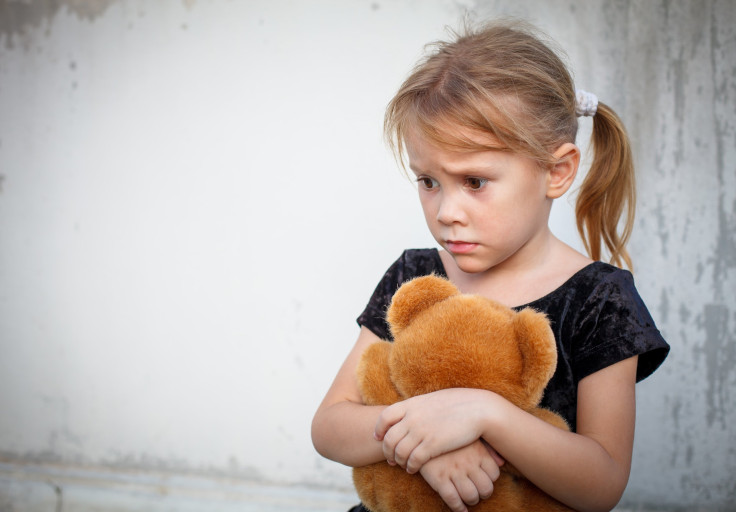Early Childhood Stress May Stunt Brain Development, Causing Deficits In Memory And Learning

A new study found that chronic stress in early childhood is not only able to inflict long-lasting emotional damage on a child, it can physically shrink their brains. The reasoning behind this is unclear but researchers stress that not everyone will experience these negative outcomes and hopefully, for those who do, the effects are reversible.
The study, conducted by a team of researchers from the University of Wisconsin-Madison, has shown that early stress caused by poverty, neglect, and physical abuse can shrink areas of the developing child's brain. The biggest change was found in brain areas responsible for memory, learning, and processing emotion. The study was based on 128 children, age 12, who had experienced physical abuse, suffered from early neglect, were from a household with low socioeconomic status, or were from a middle-class household and had never experienced any form of chronic early stress. MRI scans of the children’s brains were taken with a special focus on the hippocampus and amygdala, the Journal Sentinel reported.
After two years of brain mapping, the researchers concluded that the amygdala and hippocampus of children who had stressful upbringing were smaller than those of the children raised without chronic stress. “I think we added something substantive to the literature. This is a good snapshot into the brain," Jamie Hanson, lead author of the study, told the Journal Sentinel.
These results are not exhibited in every child growing up in a stressful environment. "We can think about lots of people who overcome adversity. I look at our research as showing a probability. You may have a greater risk, but it's not 100 percent," Hanson said. Further studies will be done in an effort to better understand the intricate link between stress and stunted brain development. It is hoped that information obtained from this study, and from future studies, will help the researchers learn how to both prevent and reverse such brain abnormalities. According to Hanson, this stunted development may be reversible “through exercise, medication, and cognitive therapy.”
On a related note, a separate study, also released this week, found a definitive link between child abuse and dyslexia. It could not be concluded just yet, however, why children with dyslexia were more likely to experience child abuse than those who hadn’t. One hypothesis is that the physical trauma could have damaged the child’s brain during its vulnerable periods of development.
Chronic stress may also have a physical impact on adults. The human body is designed to withstand an intermediate amount of stress. When the stress levels exceeded what one would classify as normal, detrimental changes to the individuals health may occur. These include heart problems, high blood pressure, increased susceptibility to infection, skin problems, pain, diabetes, and even infertility.
Source: Hanson JL, Nacewicz BM, Sutterer MJ, et al. Behavioral Problems After Early Life Stress: Contributions of the Hippocampus and Amygdala. Biological Psychiatry. 2014.



























